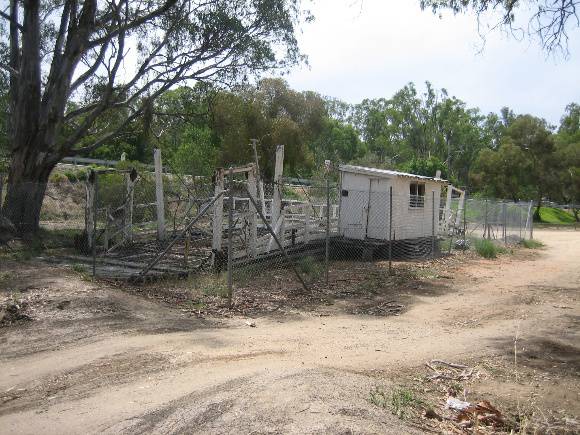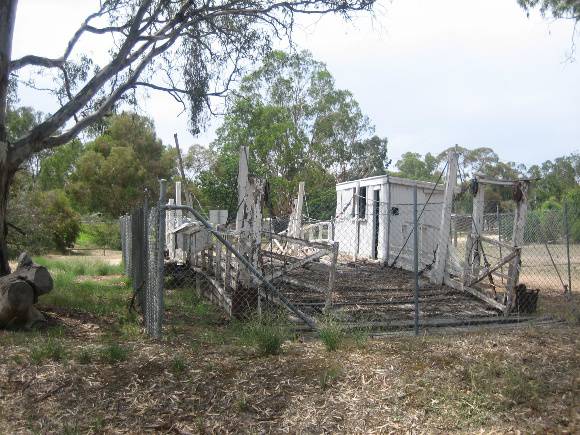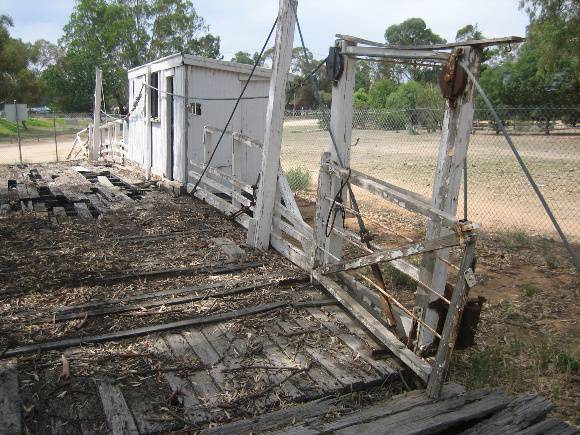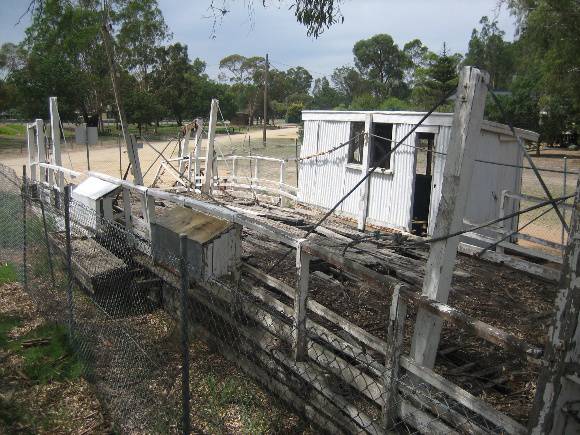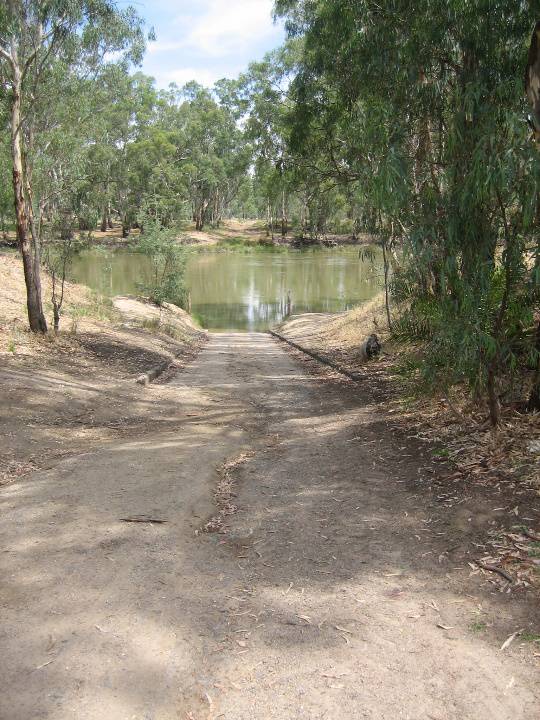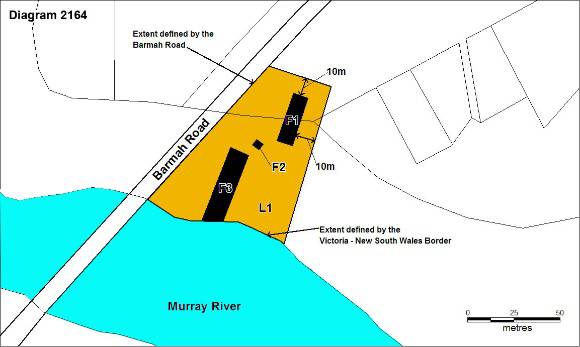| Back to search results » | Back to search page » |
|
BARMAH PUNT
LocationJACK EDWARDS PARK, MURRAY STREET BARMAH, MOIRA SHIRE
File NumberHE/03/3057LevelRegistered |
|
Statement of Significance
What is Significant? The punt was built in 1929 by the New South Wales Department of Main Roads in Euston (NSW) and was towed by steamer to Barmah to replace an earlier punt operated by William Maloney. The Murray River at Barmah was easily forded in dry weather and became a recognised crossing point with a ferry in operation prior to the town of Barmah being surveyed in May 1866. The crossing gave the impetus for Barmah to develop as a loading place for wool from neighbouring sheep stations and as a small boat centre. The original punt was replaced in 1870 when James Maloney, who had previously operated the Campaspe Punt, gained the licence operate the ferry at the crossing. Maloney's Punt is believed to have been able carry 40 tons and was propelled by a revolving drum on steel cables. It is believed to have had an engine house and engine added in 1922. The ferry operation remained with the Maloney family until 1929 when it was taken over by the New South Wales Department of Main Roads. The current punt operated from 1929 until 1966 when the ferry crossing became redundant with the construction of a bridge. The Barmah Punt is a timber structure consisting of a pontoon base with an attached engine house counterweighted by timber box filled with concrete. The pontoon has a high whale-back form and is constructed of thick hardwood longitudinal planks over hardwood timber joists. The pontoon structure is braced and stiffened by steel cables over high timber posts. The side rails are constructed of timber post and rail. Timber gates are located at each end of the deck and were closed to secure the ends of the punt during crossing. The punt ran along a guide cable on the upstream side and a drive cable on the downstream side. The cables were anchored to each bank. The concrete base of the drive side anchor point is still visible on the Victorian bank. The understanding of the punt is enhanced by its setting. In addition to the anchor point, both the approaches to the crossings on each bank are clearly visible and the Victorian approach remains in use as a boat ramp. The Barmah Punt is of historical significance for its role in facilitating intercolonial trade and communication between New South Wales and Victoria. The Barmah Punt is of historical significance as an intact example of an early motorised timber cable punt. Early cable punts were operated by hand, with the introduction of motors only occurring in the early twentieth century. These early motorised punts maintained the form of the early hand operated punts. The Barmah Punt is of this type and illustrates both the form of punts that regularly crossed the colony's rivers in the nineteenth century and their later developments. The setting of the punt with its extant anchor point and road approach provides the context to fully appreciate to operation of such a ferry crossing.
The Barmah Punt operated as a ferry crossing over the Murray River between 1929 and 1966. The Punt is no longer in use and is now located on the Victorian bank of the river next to the road approach to the crossing.
How is it Significant?
The Barmah Punt is of historical significance to the State of Victoria
Why is it Significant?
The Barmah Punt is of historical significance as the earliest remnant example of a cable punt ferry crossing over the Murray River. Punt ferries were once the most common form of deep river crossing in the colonies. Important crossings became the location of settlements and most eventually were replaced with bridges. Two local ferry crossings remain on the Murray River between New South Wales and Victoria but both of these use punts of later construction.
Group
Transport - Water
Category
Punt



